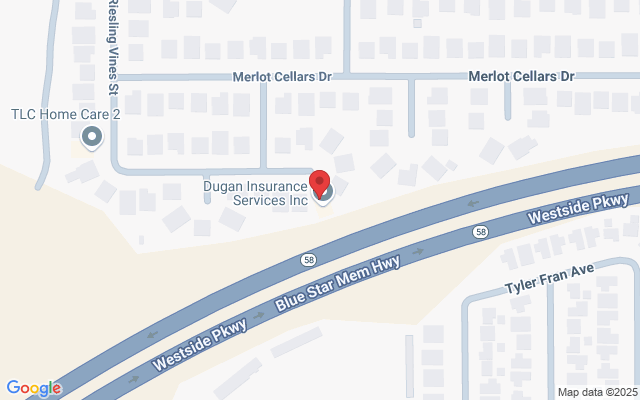Guide to Medicare Enrollment in California: Tips and Advice
Navigating the Medicare enrollment process in California can be as intricate as the state’s varied geography. From deciding when to enroll to choosing between different coverage options, the choices you make can have significant implications on your health care and finances. This guide offers essential tips and advice to help you through the Medicare enrollment process in California, ensuring you make informed decisions that best meet your healthcare needs.
Understand Your Eligibility
Before you can enroll in Medicare, you must first confirm your eligibility. Here are the primary criteria:
Age: You are eligible to enroll in Medicare when you turn 65, regardless of your employment status.
Disability: Individuals under 65 with certain disabilities or conditions such as ALS or ESRD may also qualify.
Duration of U.S. Residency: Eligibility requires being a U.S. citizen or a legal permanent resident who has lived in the U.S. for at least five consecutive years.
Know the Enrollment Periods
Medicare has specific enrollment periods during which you can sign up or make changes to your plan:
Initial Enrollment Period (IEP): This starts three months before your 65th birthday, includes the month you turn 65, and ends three months after that. If you're eligible due to disability, your IEP is based around your 25th month of disability benefits.
General Enrollment Period (GEP): If you miss your IEP, you can enroll between January 1st and March 31st each year, with coverage starting July 1st. Keep in mind that late enrollment may result in penalties.
Special Enrollment Period (SEP): If you or your spouse are still working and have group health insurance through an employer, you can sign up without penalty for up to eight months after the employment ends or the coverage stops.
Choose Between Original Medicare and Medicare Advantage
You have a choice between Original Medicare (Part A and Part B) and Medicare Advantage (Part C):
Original Medicare covers hospital insurance and medical insurance but does not typically cover prescription drugs, dental, vision, or hearing aids.
Medicare Advantage plans are offered by private companies approved by Medicare and often include additional benefits like drug, dental, vision, and hearing coverage. These plans may have network restrictions, so check whether your preferred doctors and hospitals are covered.
Consider Additional Coverage
Medicare Part D provides prescription drug coverage and is available to anyone with Medicare.
Medigap (Medicare Supplement Insurance) helps cover some of the healthcare costs that Original Medicare doesn't cover, such as copayments, coinsurance, and deductibles.
Tips for Successful Enrollment
Review Your Options Annually: Medicare plans and your health needs can change. Use the Annual Election Period from October 15 to December 7 each year to review and adjust your coverage.
Understand Your Plan: Make sure you understand what your plan covers and what it costs. This includes premiums, deductibles, copays, and out-of-pocket maximums.
Seek Help if Needed: If you find the process confusing, seek help from local experts or consultants. Programs like the California Health Insurance Counseling & Advocacy Program (HICAP) offer free, unbiased advice.
Conclusion
Medicare enrollment in California doesn't have to be a daunting process. By understanding your eligibility, knowing your enrollment periods, and carefully choosing the right type of coverage, you can effectively manage your health care needs. Remember, the decisions you make during enrollment will impact your health care coverage and out-of-pocket costs, so take the time to consider your options carefully.
Need more help now?
Fill in the form and a licensed agent will contact you!
This is a solicitation for insurance. By filling out the above form you are agreeing for a licensed agent to contact you.

Find an Agent
These Happy Days are yours and mine Happy Days then one day he was shooting at some food.

Call Us for Any Questions
(800) 000-0000
Meet Our Agents
Consequuntur magni dolores ratione.

John Doe
Founder & CEO

John Doe
Region Leader

John Doe
Leader


